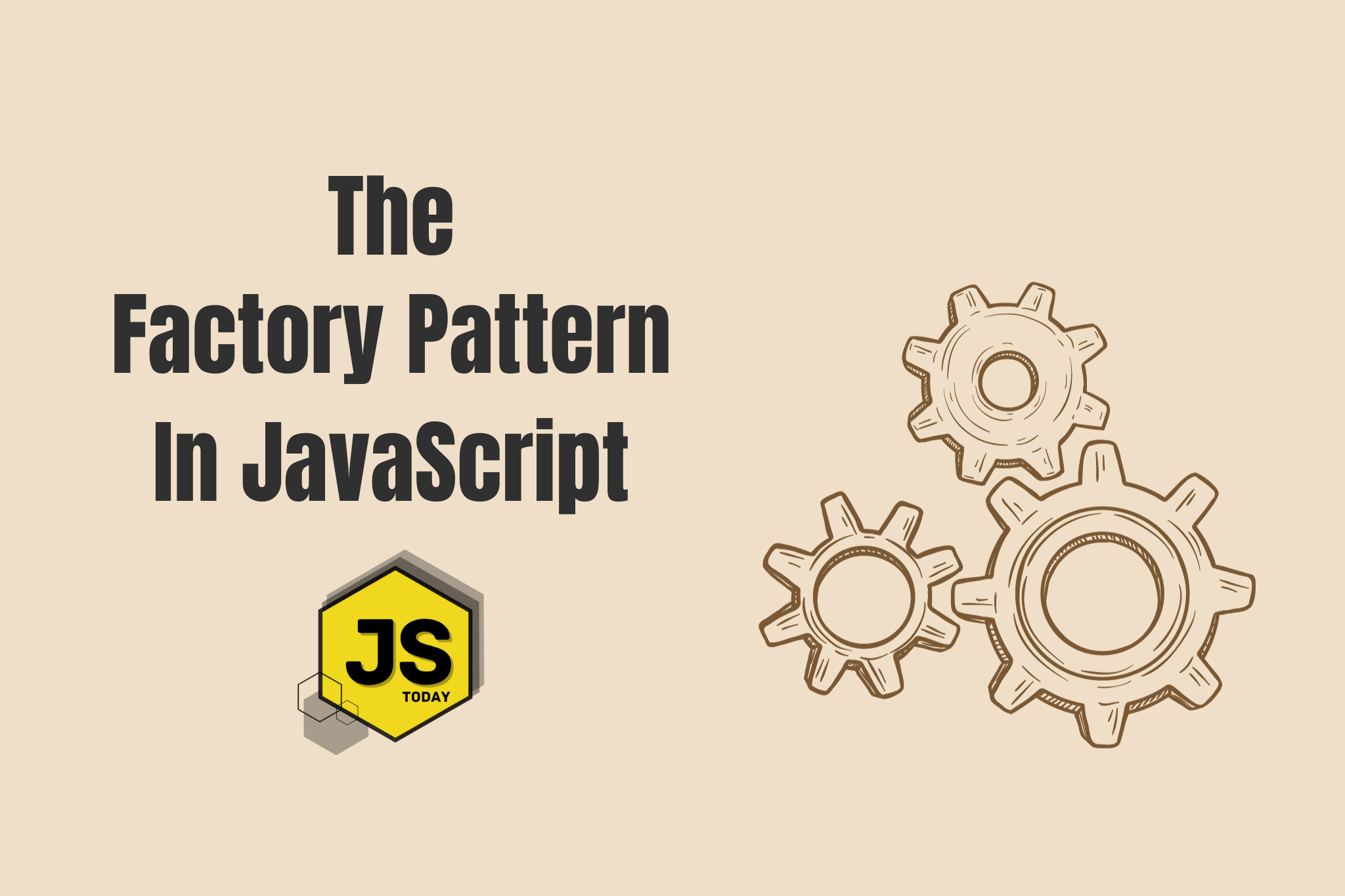In the realm of software development, managing object creation efficiently is paramount to building scalable and maintainable applications.
The Factory Pattern emerges as a powerful design principle, offering a structured methodology to create objects while abstracting the complexity of instantiation.
Understanding the Factory Pattern
The Factory Pattern is a creational design pattern that abstracts the object creation process within a specialized function known as the factory. This pattern aims to provide a unified interface for creating various types of objects without exposing the intricate details of their construction.
In the expansive landscape of software development, where applications burgeon with complexity and functionality, the art of crafting objects efficiently stands as a cornerstone.
The ability to construct and manage objects with precision not only lays the foundation for scalable and maintainable code but also streamlines the development process. Imagine this process akin to constructing a magnificent architectural marvel.
For example, in the construction of grand architectural wonders, meticulous planning and execution are imperative. Each element, from the foundation to the pinnacle, demands intricate attention.
Similarly, in software development, the creation of objects mirrors this process of crafting individual components that collectively build a robust and functional structure, with the factory pattern emerging as the blueprint in this analogy.
💡 To learn more about design patterns, you might enjoy: Node.js Design Patterns: Design and implement production-grade Node.js applications
Implementation of the Factory Pattern
The Factory Function: This function serves as the orchestrator for object creation. It accepts parameters or conditions and instantiates and returns specific instances based on the provided criteria.
function createObject(type) {
let newObject;
switch (type) {
case 'typeA':
newObject = new TypeA();
break;
case 'typeB':
newObject = new TypeB();
break;
default:
throw new Error('Invalid object type.');
}
return newObject;
}
Object Constructors or Creators: These are functions or classes responsible for constructing specific types of objects.
function TypeA() {
// Define TypeA object properties and methods
}
function TypeB() {
// Define TypeB object properties and methods
}
Uses of the Factory Pattern
- Encapsulation – The Factory Pattern encapsulates the intricate details of object creation within the factory function. This encapsulation shields the client code from the complexities, providing a clean and straightforward interface for object instantiation.
- Centralized Control and Maintenance – By centralizing the object creation logic within the factory, the pattern enables easier maintenance and updates. Modifications or extensions to the object types can be implemented within the factory function, ensuring consistency and ease of maintenance.
- Scalability and Flexibility – The pattern facilitates seamless scalability by accommodating the addition of new object types without disrupting the existing codebase. This flexibility allows developers to adapt to changing requirements and expand the application’s functionality effortlessly.
Practical Implementation Example
Consider a practical scenario where the Factory Pattern is employed to create various vehicle types:
function createVehicle(type) {
let newVehicle;
switch (type) {
case 'car':
newVehicle = new Car();
break;
case 'bike':
newVehicle = new Bike();
break;
default:
throw new Error('Invalid vehicle type.');
}
return newVehicle;
}
function Car() {
// Car-specific properties and methods
}
function Bike() {
// Bike-specific properties and methods
}
const myCar = createVehicle('car');
const myBike = createVehicle('bike');
The code above showcases a practical implementation of the Factory Pattern in JavaScript for creating different types of vehicles: cars and bikes.
The function, createVehicle(type), acts as the factory, responsible for generating specific instances of vehicles based on the provided type parameter. It accepts a type argument representing the desired vehicle type (‘car’ or ‘bike’).
The Car() and Bike() functions are simply constructors representing the specific vehicle types: ‘Car’ and ‘Bike’. Each constructor defines properties and methods specific to the corresponding vehicle type.
Finally, we instantiate specific vehicle objects by invoking the createVehicle() function.
Conclusion
The Factory Pattern in JavaScript serves as a nice way of object creation, harmonizing complexity and simplicity. Its ability to abstract intricacies while providing a streamlined interface empowers us to craft modular and scalable applications.
What about your experience with design patterns? Have you found the Factory Pattern or any other pattern particularly impactful in your projects? Share your insights in the comments below! Your experience might spark new ideas or solutions within our community.
Topics
Discussion (Loading...)
Join the Discussion
Sign in to share your thoughts and engage with the JavaScript Today community.





